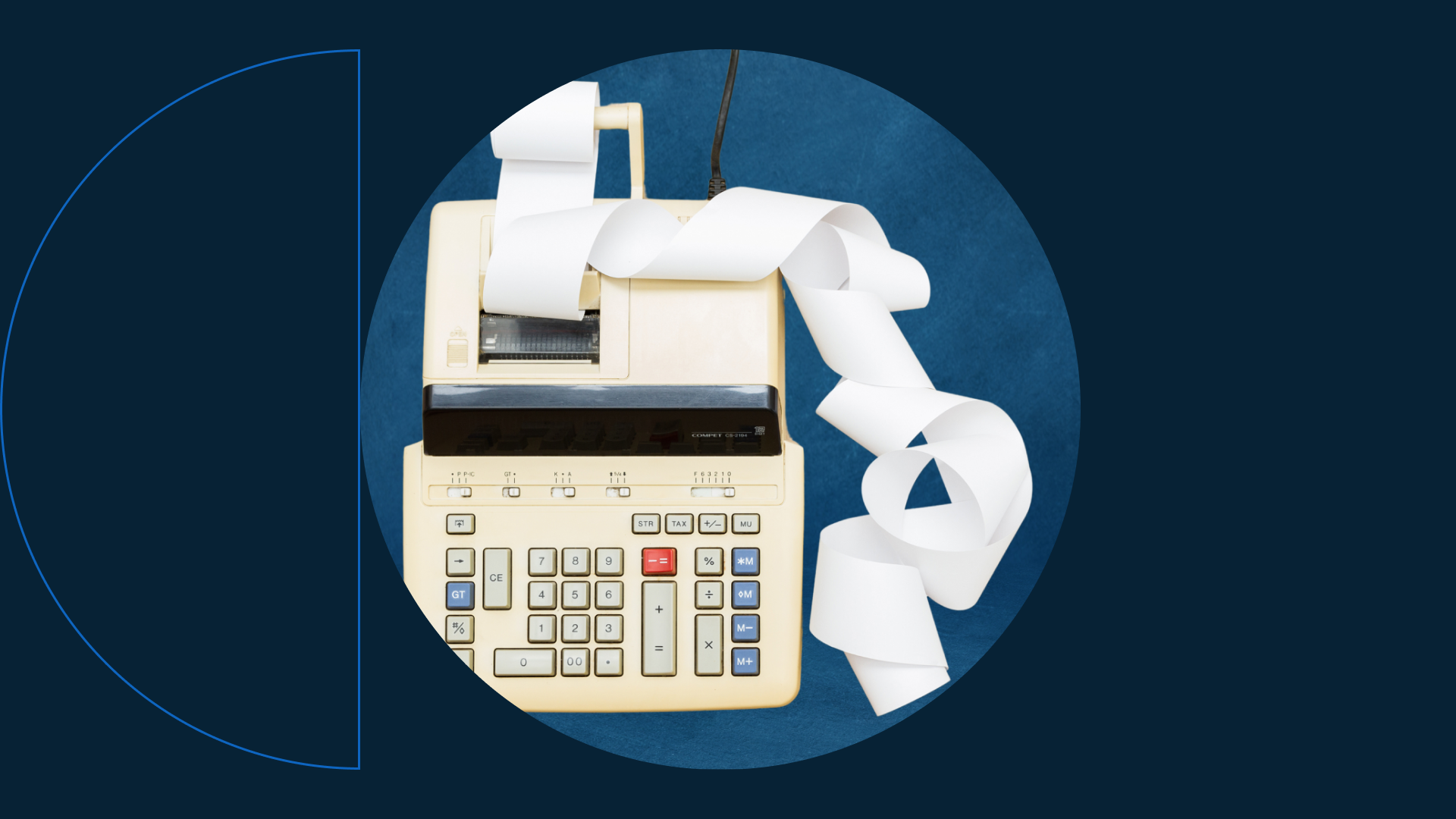Empowering advisors with strong CX: Strategies for wealth management growth

As a human-centered economy emerges and competition surges in the financial services industry, organizations have an opportunity to grow through differentiation. Nine out of 10 financial advisors in a recent survey said they expect their business to grow 16% in 2024, and the great generational wealth transfer will bring new customers and new assets for financial services firms to manage for many years to come.
The firms that have seen the most growth during the early stages of this wealth transfer attribute their success not only to growing demand, but also to increased personalization in how they provide services to the individual investors who are their clients. However, as firms grow, personalization at scale becomes impossible through manual means. Financial services organizations need digital solutions that can support and, to some degree, automate these personalized interactions.
Financial services organizations need to prioritize ensuring a high-quality digital customer (CX) and employee experience (EX) for their advisors when using their digital tools. After all, the more friction advisors face with the tools they use in their daily work, the more likely it is that assets won’t get sold and that clients will experience delays and frustration.
Unfortunately, most advisors’ experience is not ideal, and the number one pain point is disconnected technology tools. Advisors only use 62% of the tech they have, and only half of those solutions are integrated to provide a seamless experience. Moreover, just 10% of advisors say they have all the technology they need to do their jobs well.
Product tool pandemonium
Any sizable financial services firm has multiple products—and, typically, each product will have its own management tool. Because the products weren’t all developed simultaneously, each tool was also developed at a different time, likely by different teams. As a result, tools often have a unique look and feel, and the resulting suite of product tools are poorly integrated.
Disconnected product tools lead to product preferences
When advisors are forced to learn multiple tools, they naturally develop preferences for the tools of some products over others. This could lead advisors to sell less of other products, even if they’re right for the client, because they find it easier to work with certain tools. The lack of integration creates roadblocks to properly serving clients whose financial goals require multiple products to achieve.
Poor design encourages noncompliant workarounds
Poor design also causes advisors to create unsecured and noncompliant workarounds, such as spreadsheets and sharing files that aren’t password protected, which creates serious cybersecurity and regulatory risk for the firm.
These advisors aren’t being lazy or reckless—often, they may have no choice in order to do their jobs. For example, let’s say that the secure tool only displays data as a pie chart. This may sound far-fetched, but advisors’ tools are all too often created without their input by designers who may not know the industry or the role very well. If a client presentation requires a graph or a bar chart, the advisor may be forced to replicate data in an unsecured spreadsheet to create the graphic they need.
Creating a blueprint for better advisor experience
Improving the CX and EX with the tools advisors are using is a complex task. Where does one start? Integration? Creating a common look and feel? Implementing additional functionality? Below are the areas of focus your firm can prioritize in order to improve advisor experience and enable long-term growth.
Identify the gaps that need to be filled in the current advisor tool set
Financial services organizations should not assume they already understand the underlying issues that their advisors face. Design research can help establish priorities and direct what needs to be done. When properly structured and executed, design research can unearth gaps in functionality, pain points for the user, and opportunities for streamlining the advisors’ workflow.
Research almost always unearths surprising insights. The biggest problems may not be what the team expects, and the most relevant solutions may be very different from preconceptions. By conducting research first, the team can reduce the risk of wasting resources on minor problems while leaving more serious issues unaddressed.
Map out an ideal state and a comprehensive improvement plan
When laying out and executing the strategy for improving UX that design research helped inform, the team should adopt a service design mindset.
This approach facilitates a holistic understanding of how advisors serve clients to improve the entire experience and properly integrate all the tools they use. By taking a service design approach, teams can identify opportunities for automation to free up an advisors’ time and align business processes and technology, which guides the implementation.
Prioritize brand cohesion and a similar look and feel across all tools
As noted above, improvements to the advisors’ experience must be the same across tools. Taking an action in one product tool should follow the same or, at least, a very similar process in all the others to reduce friction and smooth out the learning curve.
Improving your advisor's experience?
Our team of experts can help.
A robust, well-maintained design system makes it much easier for designers to ensure brand consistency across tools and helps ensure those tools remain consistent with each other over time. Design systems contain templates, guidelines, and tools that ensure consistency across digital products. If a financial services firm does not have a design system, they should place a high priority on implementing one. Even if a design system is in place, especially if tools aren’t currently consistent with one another, the team should conduct an audit and consider an overhaul.
Construct a strategy and process for providing high-quality, life-centered financial content
Beyond digital tools, advisors also need appropriate, targeted content that they can share with their clients, and financial advisory services have adopted life-centered financial strategy in a big way. This strategy entails speaking to the specific challenges their clients are facing at their current stage of life. Often, appropriate content doesn’t exist, or if it does, it isn’t easily accessible.
To address this issue, create a content strategy. Begin with a content audit to understand what’s available, and then interview stakeholders to understand what content is lacking. Don’t solely talk to the advisors. Just as the organization may not understand the true nature of the CX and EX problems advisors are facing, neither will advisors have a complete picture of the organization’s content needs.
Make sure to include clients and marketing in the conversation. Clients can speak directly to the kind of content they’re looking for as they make financial decisions, while marketing will have insight into broader trends and upcoming campaigns where specific content will be critical. Once the team has assessed the results of this research, it should create a plan for prioritized content creation, and a strategy for ensuring that advisors—and marketers—can easily find and access the content they need.
Take full advantage of this unique moment in history to grow
There are enormous, once-in-a-lifetime opportunities for growth on the horizon for financial services firms, and those who can provide the best experience will win. But to provide excellent client service, advisors need an excellent experience with the tools and content they use to do their jobs on a daily basis.
Think Company has worked with dozens of financial services companies, both large and small, helping them assess their CX and EX, overhaul their design systems, and implement content strategies that make a difference. If you’d like some assistance on your growth journey—our experts can help.



